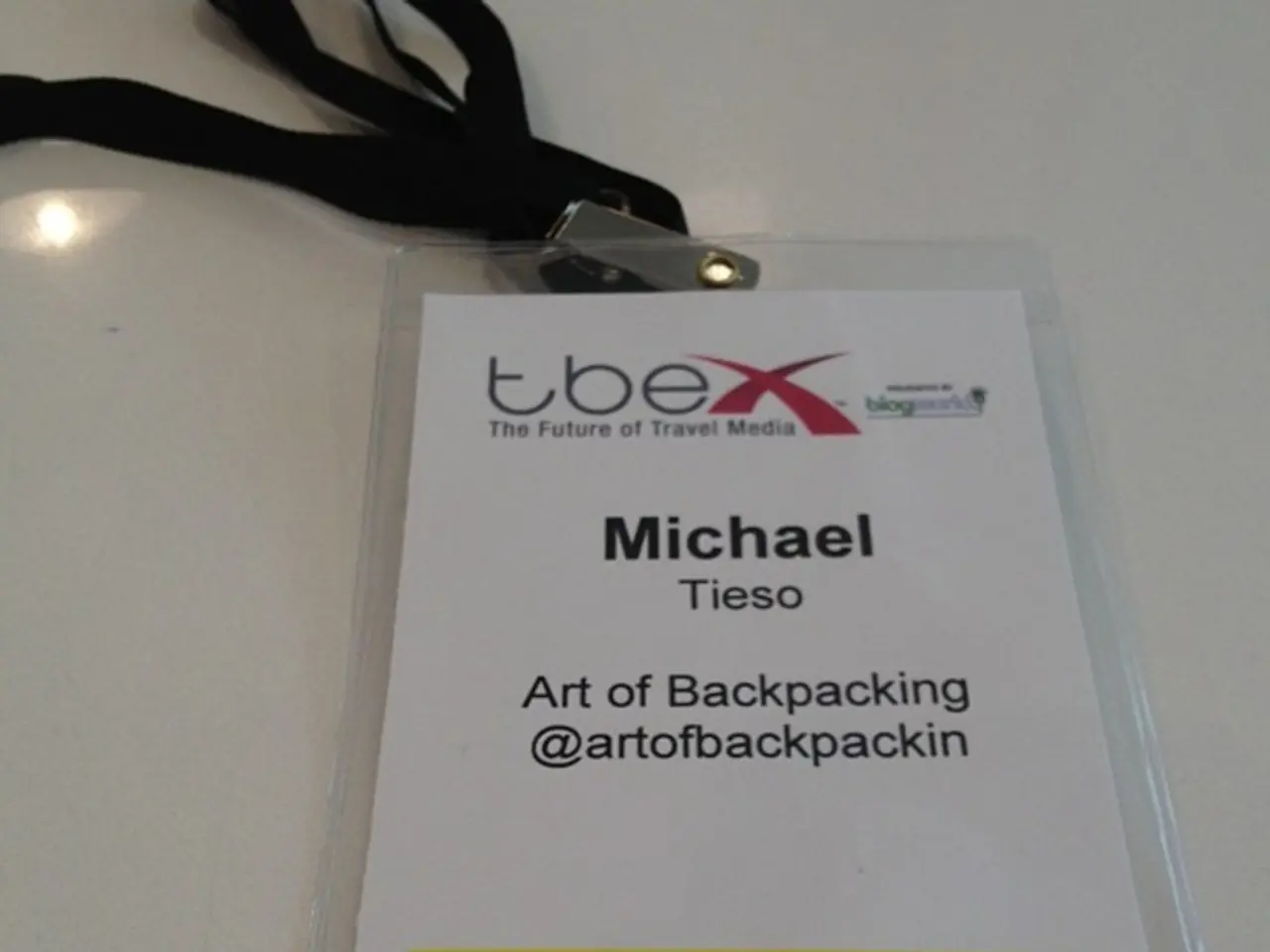Has the essence of travel been overshadowed by the visual appeal of social media?
In the digital age, social media has become a powerful tool for shaping travel experiences, inspiring wanderlust and guiding travel choices like never before. However, this newfound influence comes with its own set of challenges, particularly when it comes to preserving the authentic character of destinations and managing travelers' expectations.
According to recent studies, nearly half of American millennials (47%) admit that social media platforms such as TikTok, Instagram, and YouTube significantly impact their travel plans [1][2]. Inspiration often comes from viral content, locations featured in TV shows and movies, or the allure of pop-culture-related destinations, highlighting a trend toward story-driven and experiential travel.
Social media influencers play a strong role in this trend, particularly among millennials globally. Roughly 31% of travelers rely on influencer content to plan their trips, compared to only 5% of baby boomers [3]. Approximately 52% of travelers change their plans based on social media content, and about one in three consumers worldwide book vacations inspired directly by influencer posts [4].
However, the glamorous and idealized portrayals of destinations on social media can sometimes fall short of reality, leading to overcrowded tourist spots, high costs, and disappointment upon arrival. For example, well-known locations like LA’s Hollywood Boulevard or Hawaii's popular falls might not match the idyllic online image due to crowds or commercialization [5].
This dynamic suggests that social media helps shape an evolving travel culture that prioritizes visual storytelling and media-inspired itineraries, but can compromise the authenticity and genuine experience of destinations. The result is a homogenized travel experience and the potential for over-tourism.
Cafes and local businesses are not immune to this trend, redesigning interiors and marketing "photo ops" to attract social media attention. This focus on aesthetics can lead to the neglect of the deeper cultural and historical context of a place, reducing it to a mere backdrop for Instagram-worthy shots.
Places like India's vibrant food and culture, Paris' fashion hub, Italy's rich art and history, and Japan's unique culture and modern innovations are often overlooked in favour of social media aesthetics. Popular destinations like Bali, Santorini, Vietnam, Greece, and the Maldives are reduced to backdrops, with their deeper context often stripped away [5].
It's important to remember that filters fade, but real memories last forever. It's okay not to post everything, and some special moments are meant to be personal. Travel doesn't need to be a performance with outfit changes, content schedules, and the pressure to 'go viral'.
Instead, the goal should be to bring back the soul of travel and leave behind the craze for social media aesthetics. This means prioritizing real experiences over the pressure to post on social media, asking questions about the deeper cultural and historical context of a place, and showing respect for the locals and their traditions.
By doing so, we can ensure that travel remains a means of broadening our horizons, fostering understanding, and creating lasting memories, rather than just a quest for the perfect social media shot.
References:
[1] CNN Travel
[2] Skift
[3] Statista
[4] Trivago
[5] The Guardian
In the digital era, social media influences not only travel choices but also affects the fashion, lifestyle, and business sectors. For instance, travelers often plan their trips based on influencer content, prioritizing destinations with visually appealing aesthetics over cultural and historical significance. However, this focus on social media appeal can overlook the authenticity and deeper cultural aspects of places like India's vibrant food and culture, Paris' fashion hub, Italy's rich art and history, and Japan's unique culture and modern innovations [1][2][3][4][5].




